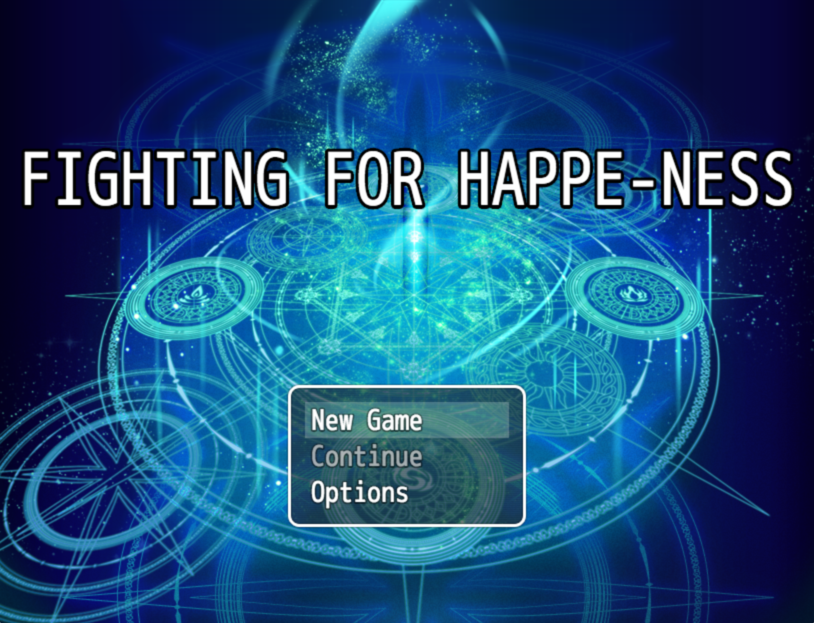- < Previous
- Next >
Update: the game creator have changed the fly option to holding down space and pressing w twice. Spread Happiness through line of sight in this grid-based dungeon crawler and join forces with liberated Grumps to clear rooms in turn-based gameplay. Each run is randomly generated with new combinations of maps, trinkets, and strategies. Unlock new heroes. See Lists of video games for related lists. This is a comprehensive index of turn-based strategy video games, sorted chronologically.Information regarding date of release, developer, platform, setting and notability is provided when available.
Title
Authors
Document Type
Article
Publication Date
Summer 2019
Publisher
Wisconsin Historical Society
Abstract
A century ago, on May 21, 1919, the US House of Representatives voted difinitively (304 to 89) in support of women’s suffrage. Two weeks later, Wisconsinite Belle La Follette sat in the visitors’ gallery of the US Senate chamber. She “shed a few tears” when it was announced that, by a vote of 56 to 25, the US Senate also approved the Nineteenth Amendment, sending it on to the states for ratification.1 For Belle La Follette, this thrilling victory was the culmination of a decades-long fight. Six days later, her happiness turned to elation when Wisconsin became the first state to deliver a certification of ratification. Her husband, Senator Robert “Fighting Bob” La Follette, confided to their children that Wisconsin “beat ’em to it on the suffrage amendment [because of] your smart mother.” Belle La Follette, worried that Illinois would “try to steal first honors,” had wired representatives in her home state to be sure that Wisconsin acted as quickly as possible.2 Former state senator David James, whose daughter Ada had been a leader in the state’s crusade, was hailed by Belle as “the gallant, veteran courier” for delivering the papers to the state department just moments ahead of the messenger from Illinois.3 As soon as a telegram of confirmation was received, reported Bob, “I went on the floor and had it read into the [Congressional] Record. . . . Mamma and all of us feel good, you bet.”4
Recommended Citation
Fighting For Happe-ness Mac Os Catalina
Unger, N. (2019). Belle La Follette’s Fight for Women’s Suffrage: Losing the Battle for Wisconsin, Winning the War for the Nation. Wisconsin Magazine of History, 102(4), 28–41.
Included in
American Politics Commons, Feminist, Gender, and Sexuality Studies Commons, Legal History Commons, Political History Commons, Social Justice Commons, United States History Commons, Women's History Commons
COinSTo view the content in your browser, please download Adobe Reader or, alternately,
you may Download the file to your hard drive.
NOTE: The latest versions of Adobe Reader do not support viewing PDF files within Firefox on Mac OS and if you are using a modern (Intel) Mac, there is no official plugin for viewing PDF files within the browser window.
Use Chess on your Mac to play a match online, against your computer, or even against yourself.
Play a game
In the Chess app on your Mac, do any of the following:
Challenge your Mac or a person to a game: Choose Game > New.
Tip: When you start a new game, move the pointer over the items in the Variant and Players pop-up menus to get information about them.
Play a match online: Sign in to Game Center, choose Game > New, click the Players pop-up menu, then choose Game Center Match.
Get hints: Choose Moves > Show Hint. An arrow points to where you should move the piece. If the level of difficulty is set to Faster, hints aren’t available.
Take back a move: Choose Moves > Take Back Move for each move you want to undo.
See moves: Choose Moves > Show Last Move; an arrow points from the piece’s originating square to its new square. To see all the moves made during a game, choose Moves > Game Log.
Customize a game
In the Chess app on your Mac, do any of the following:
Set the level of difficulty: Choose Chess > Preferences, then drag the slider toward Faster or Stronger to decrease or increase the difficulty or speed (not available when you’re playing another person).
Change the look of a game: Choose Chess > Preferences, then choose a style for the board and pieces.
Change the viewing angle of the board: Click and hold any corner of the board, then adjust the viewing angle using your mouse or trackpad.
Hear moves spoken: Choose Chess > Preferences, select the checkboxes for the moves you want to hear, then choose the voices.


Use spoken commands
Make sure keyboard dictation is on in Dictation preferences.
Fighting For Happe-ness Mac Os Downloads
In the Chess app on your Mac, choose Chess > Preferences, then select Allow Player to Speak Moves.
When you see the feedback window (it shows a microphone icon with a fluctuating loudness indicator), press the shortcut key (the key you specified in Dictation preferences), then speak a command.
Try not to hesitate while speaking.
You can use spoken commands for the following actions:
Fighting For Happe-ness Mac Os Download
Action | Spoken command example |
|---|---|
Move a piece | “Pawn e2 to e4” |
Capture a piece | “Pawn e5 takes f6” |
Drop a piece | “Drop bishop at g4” (only for crazyhouse games) |
Promote a pawn | “Pawn e7 to e8 promoting to queen” |
Castle | “Castle kingside” or “Castle queenside” |
Take back a move | “Take back move” |